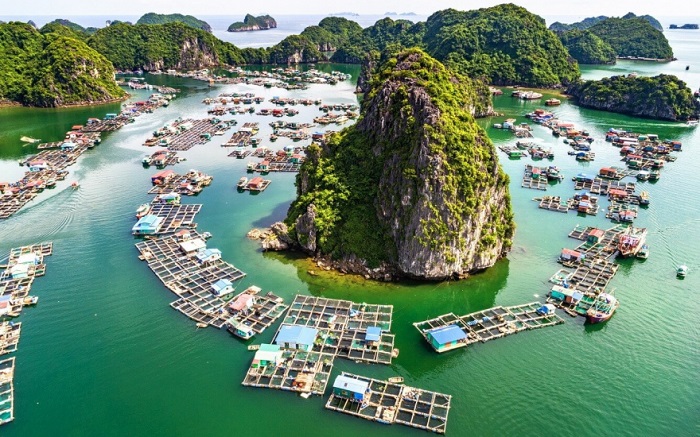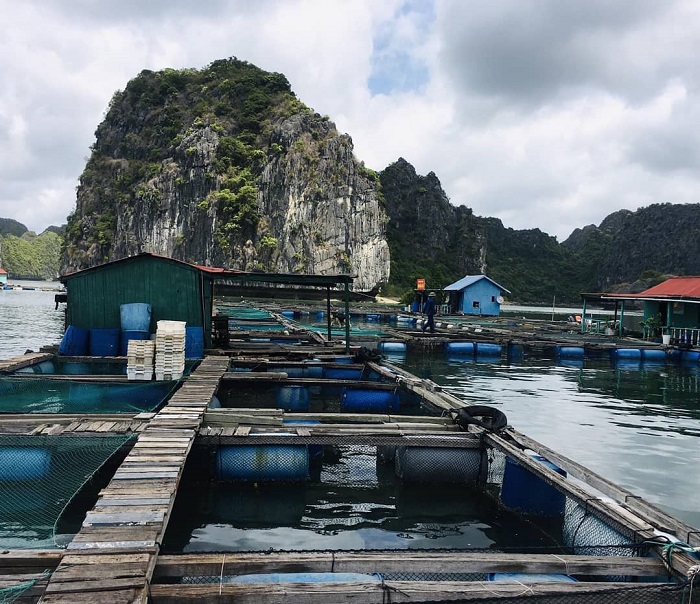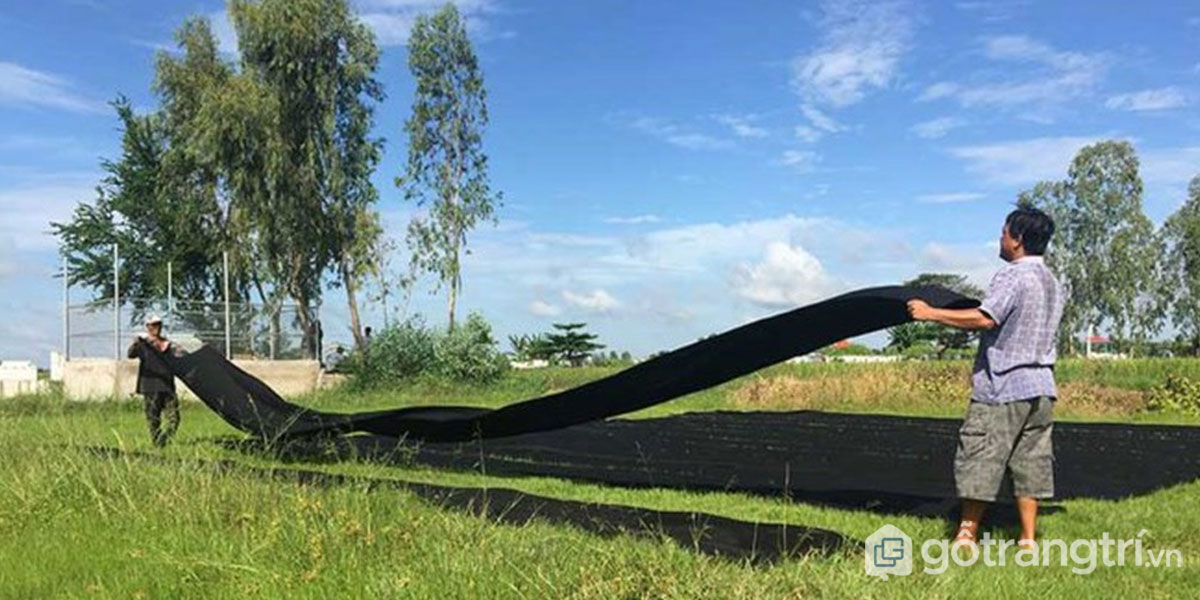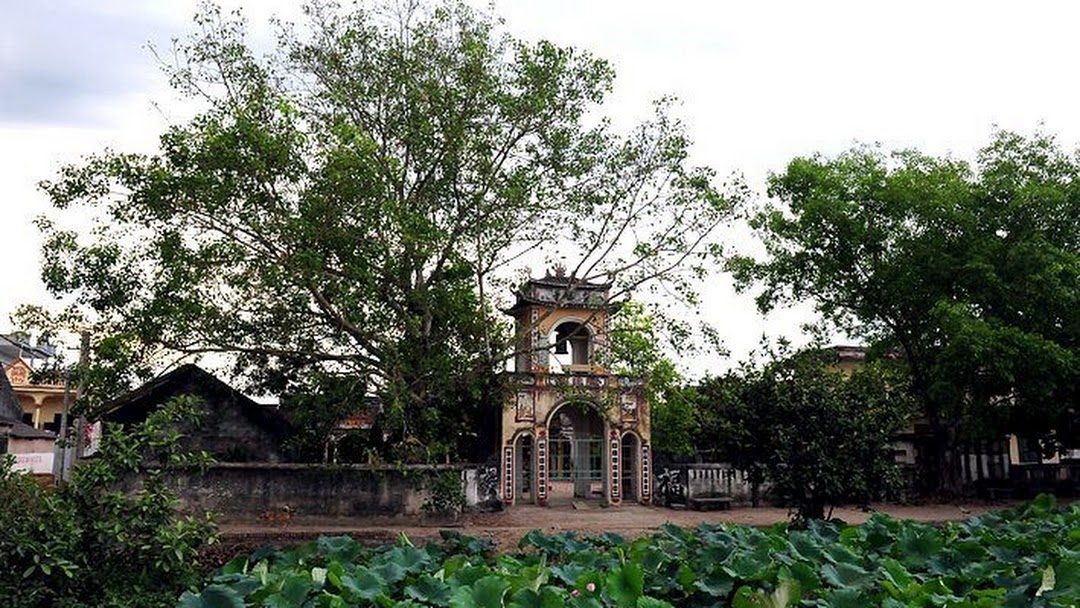Cai Beo
Cai Beo fishing village (also known as Vung O fishing village, belonging to Cat Ba archipelago, Cat Hai island district) is one of the largest ancient floating villages in the country in prehistoric times, with about 300 households living. The life of the residents of Cai Beo fishing village is associated with fishing activities and cage fish farming in the bay, mainly fish types: lentils, pangasius, persimmons, scorpions, and peas.

With an age of more than 7000 years, Cai Beo fishing village is considered as one of the historical relics of Hai Phong that needs to be preserved and preserved. This Cat Ba fishing village was first excavated by French archaeologist M.Colani in 1938 and confirmed that this is the ancient cultural cradle of Vietnam.

After the discovery, Vietnamese archaeologists stepped in and discovered many valuable artifacts. Specifically, from 1981 to 1986, nearly 180 stone tools were found, including: hewn tools, rudimentary grinding tools, 18 thin hard ceramic pieces, 9 porous ceramic pieces, 93 thick coarse ceramic pieces, 88 heads of marine fish, 11 marine fish vertebrae, 6 animal bones... From 2006 to 2007, archaeologists discovered 137 more artifacts made from granite, 1,424 pieces of prehistoric pottery and 568 specimens of animal remains, fish bones, shells, oyster shells, etc. .. This further proves that Cai Beo Cat Ba is the residence of ancient residents. In 2009, Cai Beo was officially recognized as a national relic.



